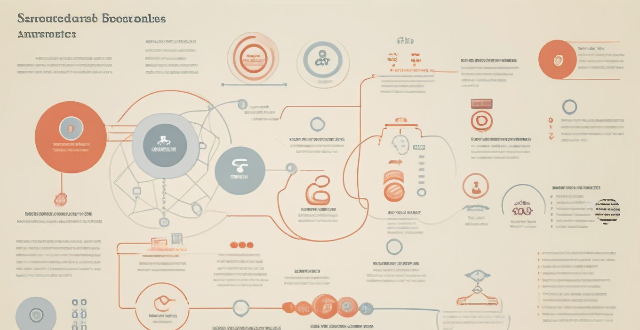Carbon sequestration can help reduce atmospheric CO2 levels and support renewable energy sources, but it faces technical feasibility, economic costs, storage capacity, and potential risks. It should be part of a comprehensive strategy to combat climate change.

Is Carbon Sequestration a Viable Solution to Combat Climate Change?
Carbon sequestration, the process of capturing and storing carbon dioxide (CO2) to reduce its concentration in the atmosphere, is often discussed as a potential solution to combat climate change. However, the viability of this approach depends on several factors that need to be considered.
Advantages of Carbon Sequestration
- Reduction of Atmospheric CO2 Levels: Carbon sequestration can help reduce the amount of CO2 in the atmosphere, which is one of the primary causes of global warming.
- Support for Renewable Energy Sources: It can complement renewable energy sources by capturing CO2 emissions from power plants and industrial processes.
- Creation of Carbon Sinks: Through techniques like afforestation and reforestation, carbon sequestration can create natural carbon sinks that absorb CO2 from the atmosphere.
Challenges and Limitations
- Technical Feasibility: The technology required for large-scale carbon capture and storage is still under development and may face technical challenges.
- Economic Costs: Carbon sequestration can be expensive, and the costs may be prohibitive for many countries or industries.
- Storage Capacity: There may not be enough suitable geological formations to store all the captured CO2 over the long term.
- Potential Risks: There are risks associated with leakage from underground storage sites, which could negate the benefits of carbon sequestration.
Alternative Approaches
While carbon sequestration has its merits, it should not be seen as a standalone solution to climate change. Other strategies such as reducing greenhouse gas emissions through energy efficiency improvements, promoting renewable energy sources, and adopting sustainable land use practices should also be implemented alongside carbon sequestration efforts.
In conclusion, while carbon sequestration has potential as a tool to combat climate change, it should be part of a comprehensive strategy that includes multiple approaches to address the complex issue of global warming.